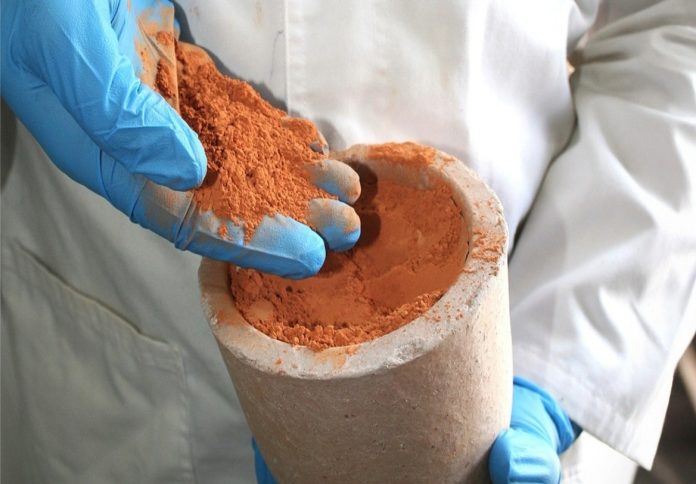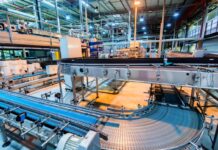
Engineers at RMIT University have discovered a way to transform common, low-grade clay into a high-performance cement replacement, offering new opportunities in the push for sustainable construction materials.
According to data reported by RMIT, cement production, a major component of concrete, accounts for around 8 per cent of global carbon dioxide emissions.
Reducing the amount of cement used in construction has been a key focus in sustainability research. While high-grade kaolin clay is a proven cement substitute, its rising demand in industries such as ceramics, cosmetics, and paper has limited its availability for construction use.
The RMIT research team has now shown that illite clay, which is more abundant but traditionally considered unsuitable for concrete due to its weak bonding properties, can be blended with low-grade kaolinite clay.
When processed together through a technique known as co-calcination – heating both materials simultaneously at 600°C – the result is a stronger, more durable cement supplement.
Dr Chamila Gunasekara from RMIT’s School of Engineering, who led the project, said the process significantly improved the pozzolanic reactivity, or bonding strength, of illite clay.
“Based on this approach, we are able to replace 20% of cement usage using low-grade illite and kaolin combinations, while achieving even better performance of the yield product,” Gunasekara said.
According to the study, published in Construction and Building Materials, the new blended material showed an 18% increase in disordered internal structure, which improves strength and durability.
The treated clay mix also retained more chemically stable water, supporting stronger long-term performance.
“Porosity is reduced significantly by 41%, with its compressive strength increased by 15%, where changes in the way iron compounds formed help create a tighter and more compact internal structure,” Gunasekara added.
These results suggest that co-calcined illite-kaolin blends could not only match but in some cases outperform traditional kaolin-based concrete alternatives.
With the global kaolin market expected to reach US$6 billion by 2032, researchers believe the development of an illite clay market could help meet future demand.
Study lead author Dr Roshan Jayathilakage said the co-processing technique also offered industrial advantages, including reduced energy use.
“Since raw materials are processed together, it streamlines industrial operations and lowers fuel use compared to multiple calcination steps,” Jayathilakage said. “This makes the method not only technically sound but also economically and environmentally scalable.”
The research was underpinned by a new computational tool developed by the team in collaboration with Hokkaido University in Japan.
This tool models the performance of various activated clays in concrete, helping engineers predict mechanical strength, durability, and energy efficiency before moving to physical testing.
Dr Yuguo Yu, also from RMIT’s School of Engineering, said the virtual tool reduces the need for extensive lab work and enables more locally tailored solutions.
“By predicting how different clay compositions affect concrete behaviour, engineers are able to better design energy-efficient mixtures tailored for local clay types and specific environmental conditions,” Yu said.
“This virtual tool could enable the construction industry to accelerate the adoption of eco-friendly materials, paving the way of greener transformation for a more sustainable future.”
The research forms part of a broader initiative under the Australian Research Council’s Industrial Transformation Research Hub for Transformation of Reclaimed Waste Resources to Engineered Materials and Solutions for a Circular Economy (TREMS), led by RMIT’s Professor Sujeeva Setunge.
The TREMS program brings together nine Australian universities and 36 national and international partners to drive innovation in reusing waste materials in construction and manufacturing.
The study, A combination technique to improve natural low-grade illite as supplementary cementitious material for concrete, is published in Construction and Building Materials (DOI: 10.1016/j.conbuildmat.2025.141334).



















